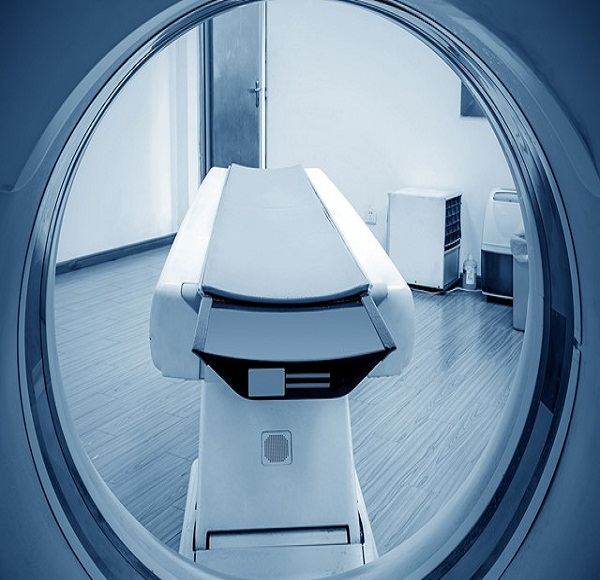Ultra-powerful MRI scanners could be used to help identify those patients with Parkinson’s disease and similar conditions most likely to benefit from new treatments for previously untreatable symptoms, University of Cambridge scientists have said.
To understand the causes of these cognitive symptoms, the researchers used a new ultra-high strength ‘7T’ MRI scanner to measure changes in the brains of people with Parkinson’s disease, those with another brain disease known as progressive supranuclear palsy (PSP), as well as people in good health. 7T refers to the strength of the magnetic field; most MRI scanners tend to be 3T or below.
Patients with Parkinson’s disease and PSP are often treated with drugs such as L-DOPA, which compensate for the severe loss of dopamine. However, dopamine treatment does little for many of the non-motor symptoms.
That is why scientists have begun to turn their attention to noradrenaline, a chemical that plays a critical role in brain functions including attention and arousal, thinking and motivation.
Lead author of the study, professor James Rowe from the University of Cambridge, said: “Noradrenaline is very important for brain function. All of our brain’s supply comes from a tiny region at the back of the brain called the locus coeruleus – which means ‘the blue spot’. It’s a bit like two short sticks of spaghetti half an inch long: it’s thin, it’s small and it’s tucked away at the very base of the brain in the brain stem.”
“The locus coeruleus is a devil to see on a normal scanner,” Rowe added. “Even good hospital scanners just can’t see it very well. And if you can’t measure it, you can’t work out how two people differ: who’s got more, who’s got less? We’ve wanted MRI scanners to be good enough to do this for some time.”
While most scanners can show structures at the level of detail of a grain of rice, 7T scanners, which have ultra-strong magnetic fields, can provide resolution at the size of a grain of sand.
The scanners allowed the team to examine the locus coeruleus of their subjects and confirm that the greater the level of damage to this region, the more severe their symptoms of apathy and the worse they performed at cognitive tests.
The findings offer the hope of new treatments for these symptoms. A number of drugs that boost noradrenaline have already been through clinical trials for other conditions and hence have been shown to be safe and well tolerated.
Source: E&T










